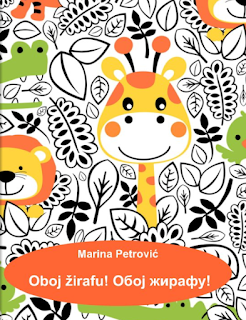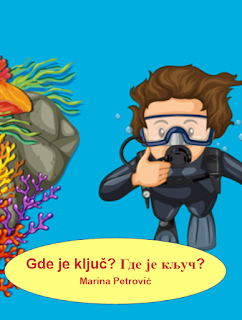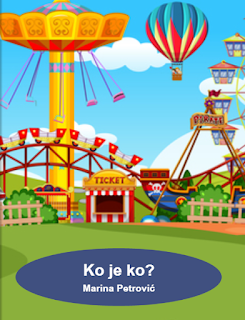Part two combines asking questions from part no. 1 (gde je / gde su) with answers (ona je u + ormanU (suffix '-u' for masc. nouns denotes the locative case). Take a look at the example examples:
1. CIPELE (Fem - Pl)
a. Gde su cipele? (Where are the shoes)
b. One su u ormanu. (They are in the cupboard)
2. KUPAĆI KOSTIM (Masc. - Sg)
a. Gde je kupaći kostim?
b. On je u ormanu.
5. ODELO (Neuter - Sg)
a. Gde je odelo?
b. Ono je u ormanu.
Now you can continue:
3. JAKNA (Fem - Sg)
4. CIPELE (Fem - Pl)
5. ODELO (Neut - Sg)
6. ŠAL (Masc - Sg)
7. HALJINA (Fem - Sg)
8 / 10. GAĆE (Fem - Pl)
9. POTKOŠULJA (Fem - Sg)
11. RUKAVICE (Fem - Pl)
12. ŠORC (Masc - Sg)
13. ČARAPE (Fem - Pl)
14. ČIZME (Fem - Pl)
15. PRSLUK (Masc - Sg)
**************************
Sg Masculine (he) ON
Sg Feminine (she) ONA
Sg Neuter (it) ONO
Pl Masculine (they) ONI
Pl Feminine (they) ONE
Pl Neuter (they) ONA

.png)



















